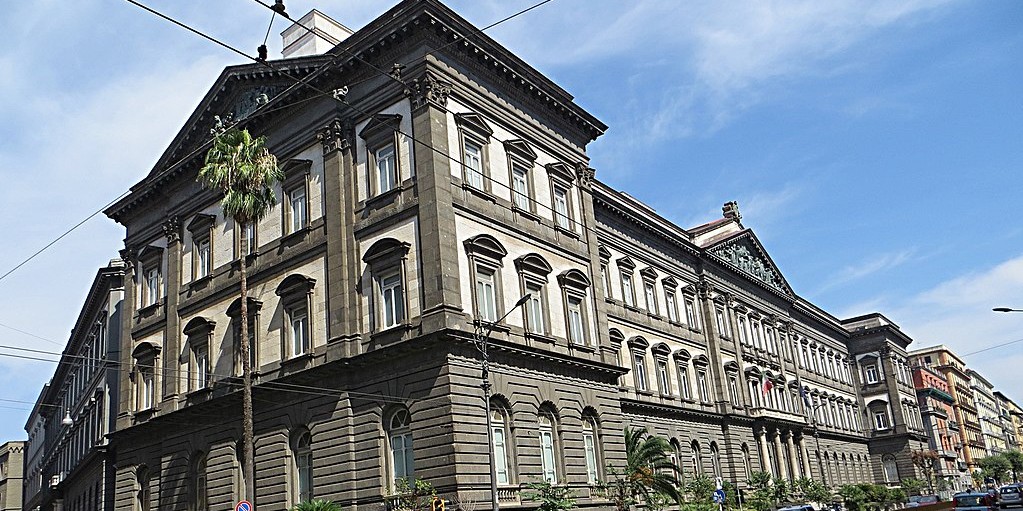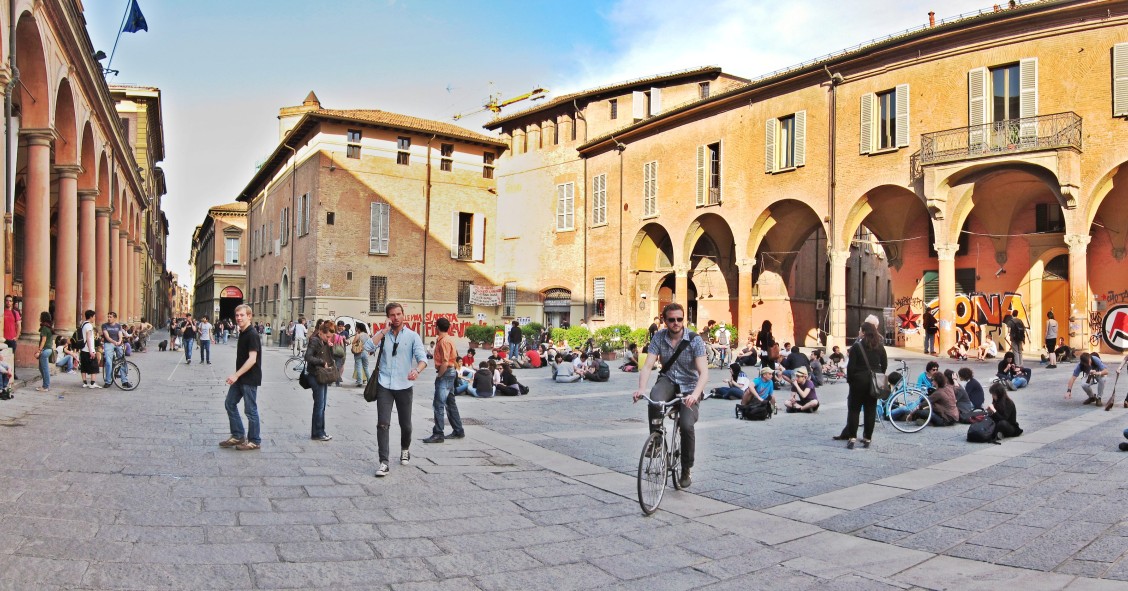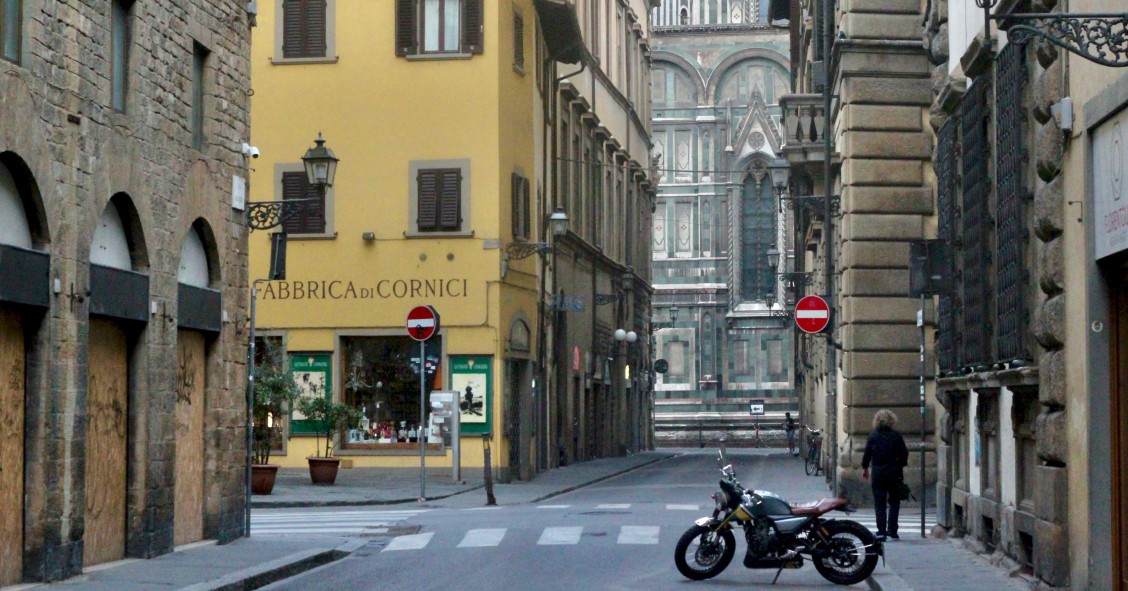
Italy is a country rich in ancient and prestigious schools and universities, but there is one with the longest history and the oldest academic tradition: the University of Bologna. Here are some historical, cultural, and academic details that make the oldest university in Italy unique, the crucial role Bologna has played in European culture, and the legacy it continues to pass on today
University of Bologna: History
The Emilian city is not only famous for the Torre degli Asinelli, its porticoes, and tagliatelle but also for hosting the oldest university in Italy: the University of Bologna, founded in 1088, is recognised as the oldest in Italy and the Western world still in operation. Known as the Alma Mater Studiorum, it has played a crucial role in the birth and development of the modern university system. Originally, the University of Bologna was a place where students organised themselves into universitates scholarium, self-managed associations of students who hired teachers to receive lessons in subjects such as law, medicine, and philosophy. This model of student self-organisation is considered one of the earliest examples of democracy in higher education.
Over the centuries, the University of Bologna has continued to be a beacon of knowledge and innovation. It has seen historical figures such as Dante Alighieri, Petrarch, and later, Erasmus of Rotterdam and Copernicus, walk its halls. Every corner of this institution breathes history, yet also innovation, as it continues to make significant contributions to the global academic landscape through cutting-edge research and superior teaching quality. With over 90,000 current students, the University of Bologna is a landmark in higher education, upholding the values of intellectual freedom and scientific research that have characterised it since its inception.

Innovations and cultural impact
The University of Bologna introduced significant innovations such as free teaching, independent of state and religious control, and self-governance by students and faculty. This model profoundly influenced academic structures across Europe. Academic freedom fostered the development of a dynamic and open intellectual environment where ideas could circulate freely, without the typical restrictions of the time, attracting scholars from all over the continent.
The most illustrious among students and faculty
Several notable figures have passed through the classrooms of the University of Bologna. The presence of these individuals has demonstrated how this institution has been, and still is, a fertile ground for intellectual and cultural growth throughout the centuries. Dante Alighieri, for example, is considered the father of modern Italian, while Francesco Petrarch is one of the key figures of the Italian Renaissance. Umberto Eco, one of the greatest semioticians of the 20th century, illustrates how the university has continued to be a place of academic excellence and innovation to this day.

Which are the oldest universities in Italy?
In addition to the University of Bologna, the peninsula is home to other historic universities of great prestige, among the first in Italy and concrete witnesses to our country's rich academic history. Here they are.
University of Padua
Founded in 1222, it is one of the best universities in Italy, particularly known for its contribution to academic freedom and for having hosted Galileo Galilei among its faculty, who left an indelible mark on the history of science. The city also has various lesser-known curiosities, including the fact that the first woman in the world graduated here.
University of Naples Federico II
Founded in 1224 by Emperor Frederick II, it is recognised as the oldest public university in the world. It stands out for having been established by the emperor himself, with the intention of creating a cultural centre that could compete with the most famous universities of the time. Its foundation marks a crucial point in the democratisation of access to higher education.

The oldest universities in the world
The oldest universities in the world are institutions with a long history and a legacy of knowledge that has significantly contributed to culture and science. Here are a few:
- University of al-Qarawiyyin (Morocco), 859 AD: Founded in Fez, it is recognised as the oldest continuously operating institution of higher education. Originally a madrasa, an ancient school of Islamic culture, it is now a modern university.
- Al-Azhar University (Egypt), 970-972 AD: Located in Cairo, it is the second oldest university in the world and one of the most prestigious Islamic universities. Originally established as a centre for religious studies, it now also offers modern disciplines.
- University of Oxford (United Kingdom), circa 1096 AD: There is no precise date for its foundation, but there are records of teaching in Oxford as early as the 11th century. It is one of the most prestigious institutions in the world.
- University of Paris (France), 1150 AD: Although it was temporarily closed during the French Revolution, this institution is among the oldest and most influential in the world, particularly in the fields of arts and theology.
- University of Cambridge (United Kingdom), 1209 AD: Founded by academics fleeing from Oxford, Cambridge is among the most renowned universities worldwide for the quality of its teaching.
- University of Salamanca (Spain), 1218 AD: It is the oldest university in the Spanish-speaking world and was an important cultural and academic centre during the Middle Ages.






